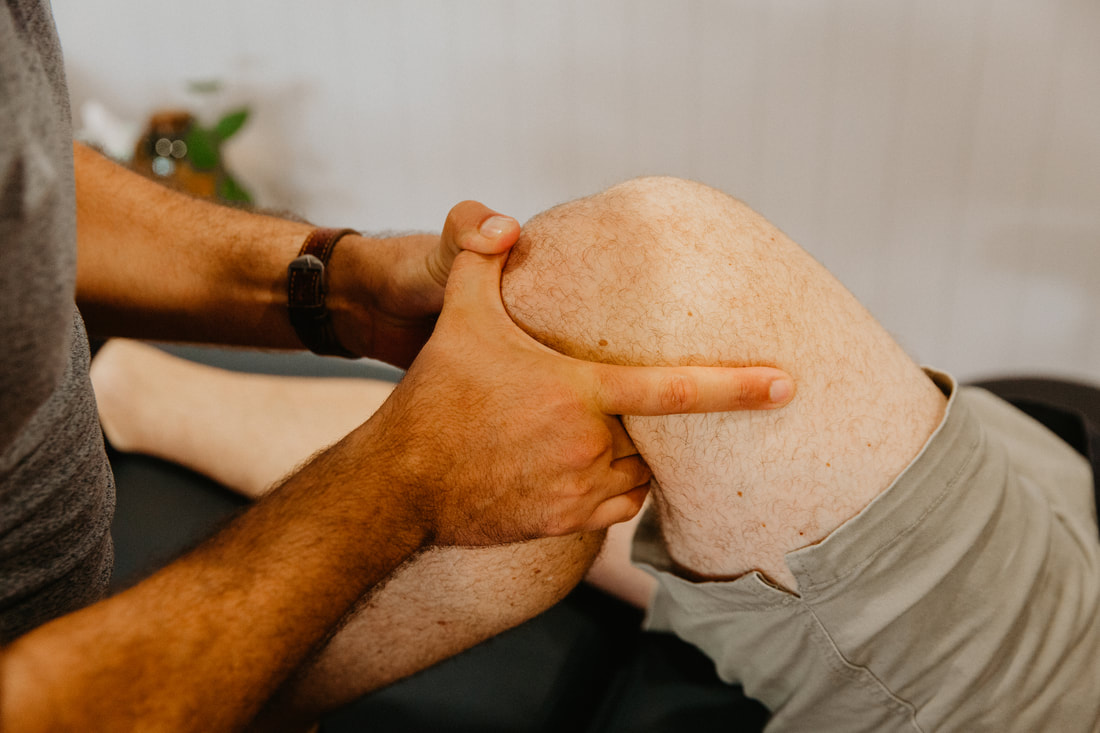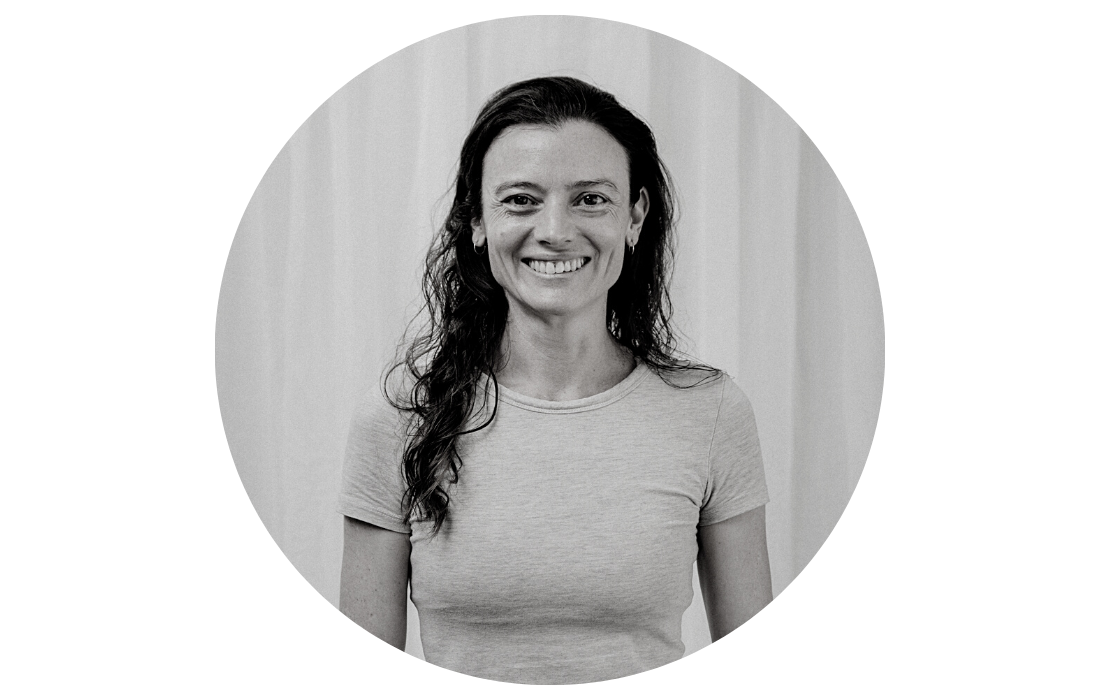Physiotherapy for Osgood-Schlatter Disease.
What is Osgood-Schlatter disease?
Osgood-Schlatter disease is a common condition that affects the knee area of growing children and adolescents. It is caused by repetitive stress on the patellar tendon (which connects the kneecap to the shinbone) and the growth plate at the top of the shinbone. This stress can lead to inflammation, pain, and swelling in the area just below the kneecap, as well as a bony bump.
Osgood-Schlatter disease is most commonly seen in children between the ages of 10 and 15 who are going through growth spurts and who are involved in sports or activities that require jumping, running, and other repetitive knee movements.
What are the symptoms of Osgood-Schlatter disease?The main symptoms of Osgood-Schlatter disease include:
In severe cases, the pain can be constant and may even interfere with sleep.
How is Osgood-Schlatter disease diagnosed?
Diagnosis of Osgood-Schlatter disease is usually based on a physical examination and a review of the patient's medical history. X-rays may be ordered to confirm the diagnosis and rule out other conditions.
How can physiotherapy help? Physiotherapy can play an important role in the management of Osgood-Schlatter disease. A physiotherapist can develop an individualised treatment plan that includes:
When should I seek physiotherapy for Osgood-Schlatter disease?
It is recommended to seek physiotherapy if your child experiences knee pain or swelling that does not improve with rest or home care, or if they are experiencing any difficulty with mobility or physical activity. Early intervention can help prevent the development of more severe symptoms and improve outcomes in the long term.
Our Tarragindi physiotherapists can work with your child to develop a personalised treatment plan that addresses their unique needs and goals, and can help them return to their usual activities without pain or discomfort. If you're looking for treatment for Osgood-Schlatters please don't hesitate to get in touch!
Osgood-Schlatter disease is a common condition that affects the knee area of growing children and adolescents. It is caused by repetitive stress on the patellar tendon (which connects the kneecap to the shinbone) and the growth plate at the top of the shinbone. This stress can lead to inflammation, pain, and swelling in the area just below the kneecap, as well as a bony bump.
Osgood-Schlatter disease is most commonly seen in children between the ages of 10 and 15 who are going through growth spurts and who are involved in sports or activities that require jumping, running, and other repetitive knee movements.
What are the symptoms of Osgood-Schlatter disease?The main symptoms of Osgood-Schlatter disease include:
- Knee pain that is worsened by physical activity
- Swelling and tenderness just below the kneecap
- A bony bump that forms over time
- Tightness in the thigh muscles (quadriceps)
In severe cases, the pain can be constant and may even interfere with sleep.
How is Osgood-Schlatter disease diagnosed?
Diagnosis of Osgood-Schlatter disease is usually based on a physical examination and a review of the patient's medical history. X-rays may be ordered to confirm the diagnosis and rule out other conditions.
How can physiotherapy help? Physiotherapy can play an important role in the management of Osgood-Schlatter disease. A physiotherapist can develop an individualised treatment plan that includes:
- Rest and modification of activities that aggravate symptoms
- Stretching exercises to improve flexibility in the thigh muscles and reduce tension on the patellar tendon
- Strengthening exercises to improve the stability of the knee joint and support the patellar tendon
- Manual therapy techniques to reduce pain and inflammation
- Education on proper body mechanics and movement patterns to avoid further stress on the knee joint
- Bracing or taping techniques to support the knee joint during physical activity
When should I seek physiotherapy for Osgood-Schlatter disease?
It is recommended to seek physiotherapy if your child experiences knee pain or swelling that does not improve with rest or home care, or if they are experiencing any difficulty with mobility or physical activity. Early intervention can help prevent the development of more severe symptoms and improve outcomes in the long term.
Our Tarragindi physiotherapists can work with your child to develop a personalised treatment plan that addresses their unique needs and goals, and can help them return to their usual activities without pain or discomfort. If you're looking for treatment for Osgood-Schlatters please don't hesitate to get in touch!
Who to book in with:
If you are unsure about which appointment type is right for you, please don't hesitate to get in touch with our friendly reception staff by calling 07 3706 3407 or emailing [email protected].



